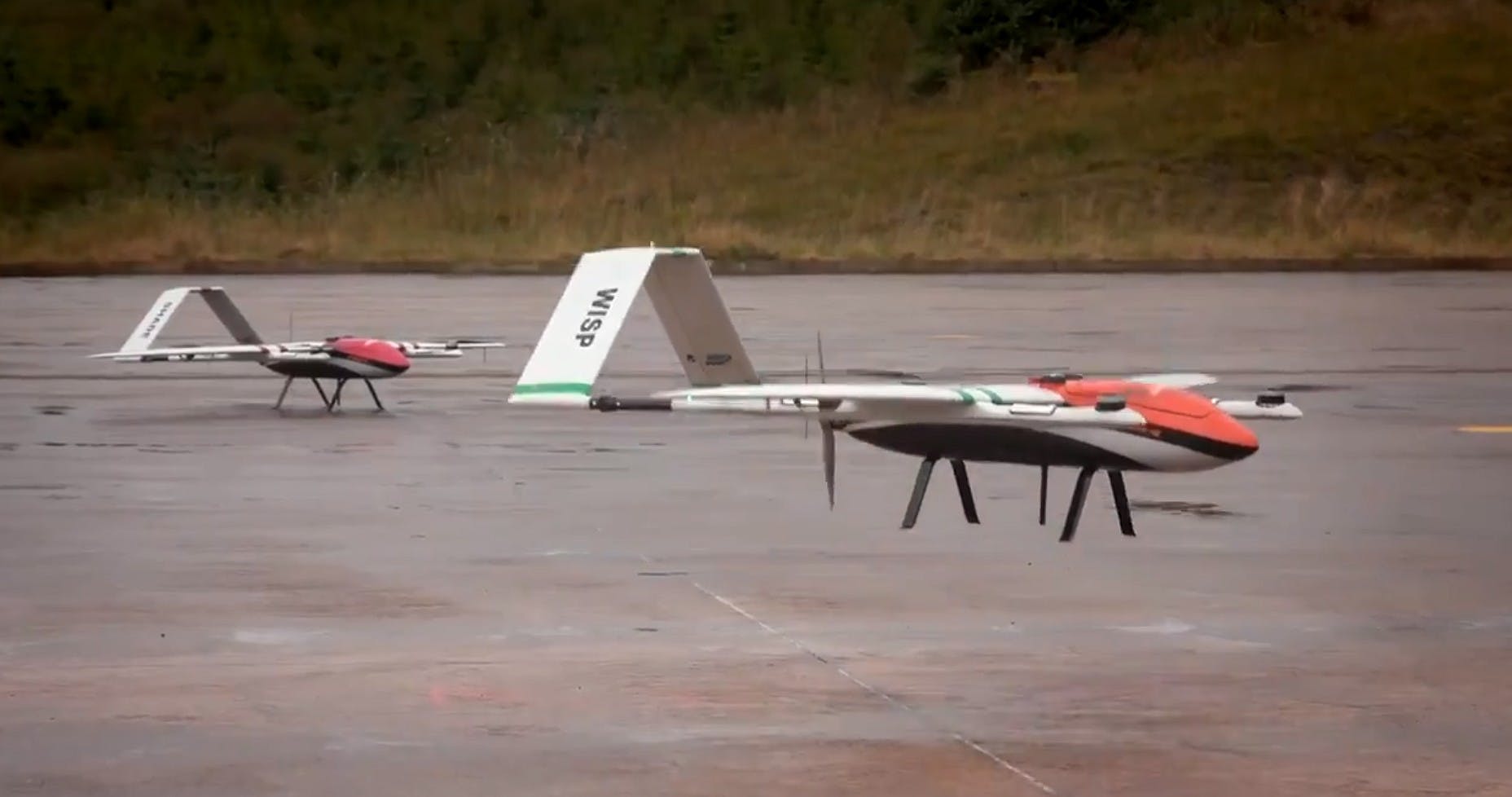216 Squadron, currently trialling swarming drones, will be joined by at least one other squadron.
Air Chief Marshal Sir Mike Wigston’s delivered a keynote spoke at the Global Air Chiefs’ Conference 2021, the following excerpt discussed the UK’s swarming drone programme.“Our drone test squadron, 216 Squadron, has proved beyond doubt the disruptive and innovative utility of swarming drones under our ALVINA programme. Working with our Defence science laboratory and specialist industry partners, I can say that we have exercised swarms of over 20 ultra-low cost drones operating together against threat systems to brilliant effect.
We have been focused on confusing and overwhelming adversary air defences but we are already contemplating new disruptive missions, that I will leave to your imagination. That success, in little over a year, points to the operational utility of swarming drones. I aim to declare it operational in an equally short period of time, with more than one squadron, such is its impact; and we will spirally develop it year by year, moving swiftly where the technology allows and the threat invites.
Our swarming drone squadrons will be part of that mix of piloted, remotely piloted and autonomous platforms that come together as the Future Combat Air System. As part of this year’s Review, the UK Government announced a £2Bn investment over the next four years and in partnership with international allies like Italy and Sweden we are taking a revolutionary approach, looking at a game-changing mix of swarming drones, and mixed formations of uncrewed combat aircraft as well as next-generation piloted aircraft like Tempest.
We’re also exploring exciting wider international partnerships, such as with Japan. The vision is futuristic and ambitious, and we are already on the path to turning it into a reality.”
Earlier in the year we reported that a swarm of 20 drones has completed the largest military exercise of its kind in the UK, according to the Ministry of Defence.
The exercise was the culmination of Dstl’s ‘Many Drones Make Light Work’ competition, funded under the MoD’s Science and Technology Portfolio through the ‘Defence and Security Accelerator’.
Following 2 earlier phases, the £2.5 million contract for Phase 3 was awarded in January 2019.
This was reportedly for an Integrated Concept Evaluation activity to explore the technical feasibility and military utility of a swarm of up to 20 small UAVs operating collaboratively.
The swarm consisted of 5 different types and sizes of fixed wing drones, with different operational capabilities, together with 6 different payload types, flying representative tasks at RAF Spadeadam in Cumbria.
“Three operators in Blue Bear’s Mobile Command and Control System (MCCS) managed the entire swarm whilst simultaneously handling different, collaborative payload analysis tasks. The UAVs flew simultaneous Beyond Visual Line Of Sight (BVLOS) cooperative tasks, with Blue Bear collaborative autonomy ensuring they all contributed to overall mission goals.”
Throughout the 2 weeks of trials, more than 220 sorties were undertaken.

RAF to introduce additional swarming drone squadron
216 Squadron, currently trialling swarming drones, will be joined by at least one other squadron.
 ukdefencejournal.org.uk
ukdefencejournal.org.uk

